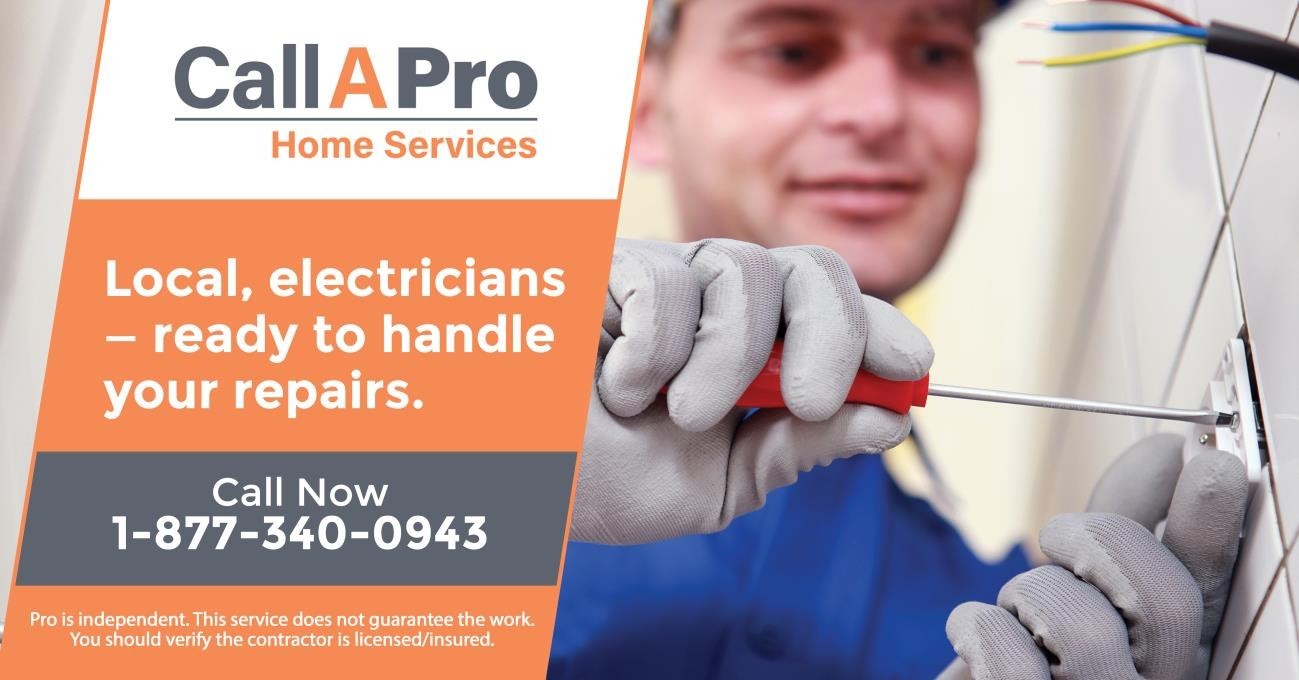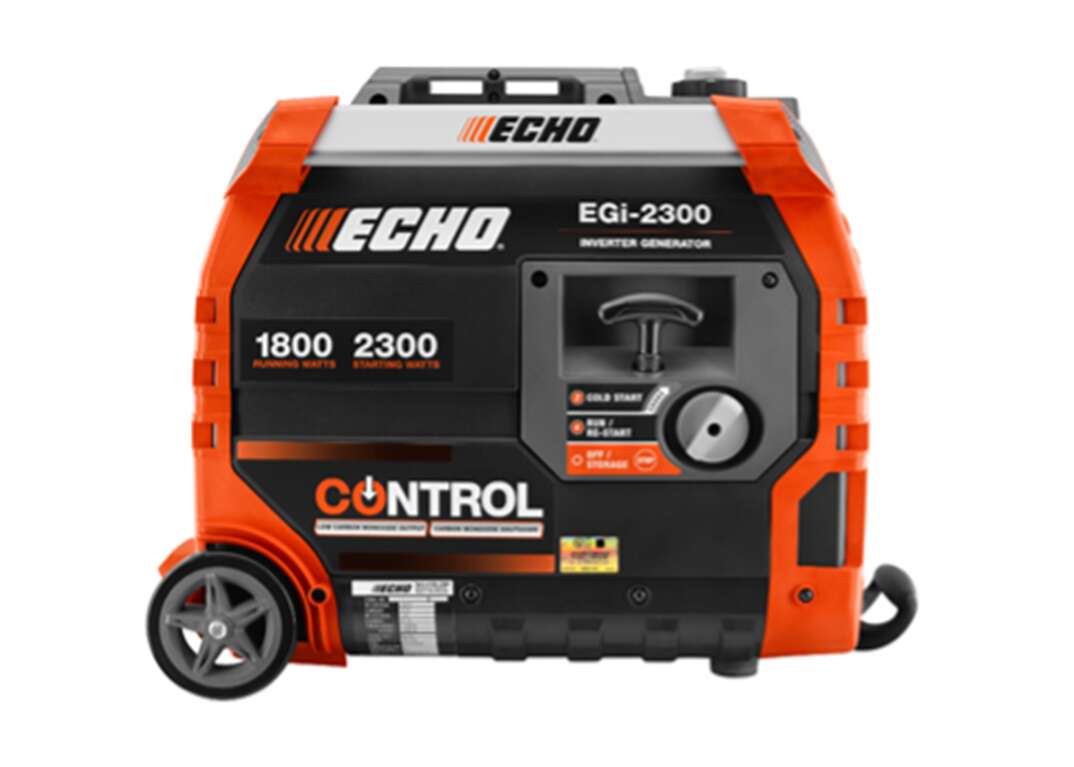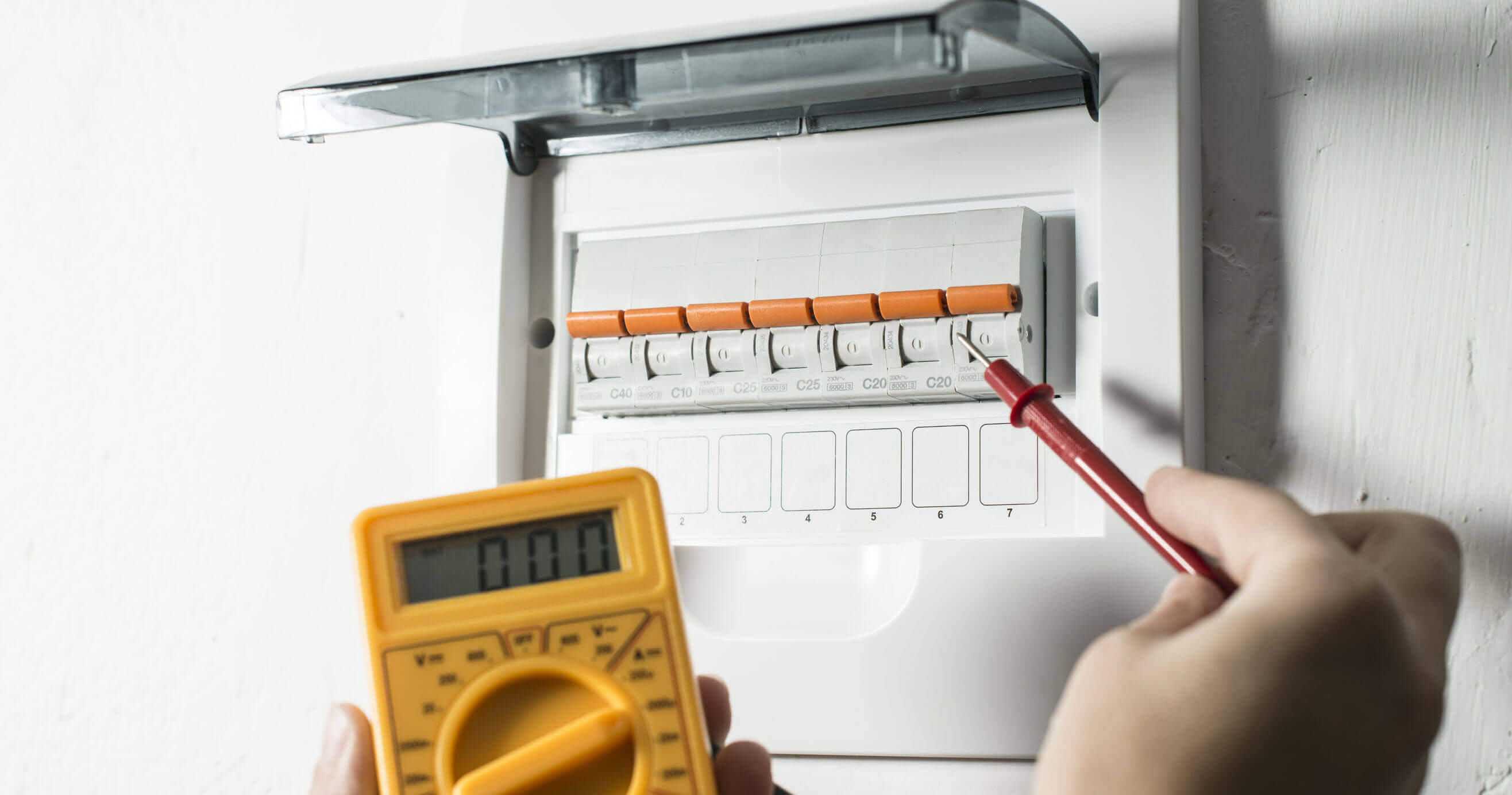4 steps for proper electrical maintenance
With simple maintenance and prevention methods, you can feel better about the safety and efficiency of your home's electrical system. This includes making sure your appliances are running smoothly and all of your outlets are safe to use for everyday needs, such as charging devices and plugging in lamps.
Just one mishap could spark an electrical fire, so be sure to keep these steps in mind for proper electrical maintenance:
1. Remember the golden rule: Safety first
You should never start any home maintenance or repair work without proper preparation and safety tools. When working with electrical items, make sure to unplug the unit or turn off the power to the specific circuit. Don't forget that water and electricity don't get along, so make sure to unplug anything electric before cleaning. Never use a metal ladder when performing electrical tasks.
When you have children in the house, put protectors over plugs to make sure their curious hands won't be shocked by the outlet. If you notice the lights are constantly flickering or you feel a mild electric shock when plugging an item into an outlet, call a professional to inspect your home for potentially serious electrical issues.
2. Use electronics accordingly
It's important to be smart about how you're using electronics. Avoid plugging in too many things into one circuit, which can overload it and cause a power outage. Be mindful of where you place small appliances and electronics, such as toaster ovens and hair dryers. Make sure they're not under any vents that could potentially drip on them or are too close to a source of water, such as sinks and showers. Further, the Occupational Safety and Health Administration recommends installing ground-fault circuit interrupters for all of the outlets in wet locations, such as kitchens, bathrooms and laundry rooms. They're designed to turn off electric power immediately in the event of an incident, which can be a potentially life-saving feature.
Another simple maintenance step is to keep cords clear, making sure they aren't covered by furniture or rugs. It's also important to save electricity when you can, turning lights and appliances off when they're not in use and using energy-efficient light bulbs.
3. Be mindful of plugs, outlets and wires
Treat your plugs kindly and don't force them to fit into outlets. Don't try to bend and adjust the prongs, as this could cause an electric shock. Alternatively, if it's loose inside the outlet, it may be time to replace the cord for a fresh plug. Replace old outlets with new electric sockets with advanced safety features, such as built-in surge protectors. Unplug extension cords when you're not using them to avoid an electric and fire hazard. When you're outside, only use cords and electrical items that are specifically for the outdoors.
If you notice any frayed wires, make sure to replace them before they cause shocks or fires. Ideally, you should turn off, unplug and cut the power to the appliance or item with the frayed wire. You can call a professional to help replace damaged appliance wires. If you have just purchased an older home, you may want to have a professional perform a full wiring inspection before doing any electrical DIY.
4. Schedule routine professional check ups
Electricity can be dangerous, so never hesitate to call a licensed electrician for help. In fact, one of the most important steps in good electrical maintenance is having a professional inspect your system at least once a year. An electrician can check your electric panel, replace damaged wires and test circuit breakers.
Being prepared for an electrical emergency is the best defense. Having an interior electrical home warranty and/or an exterior electrical home repair plan is always a good idea. Enter your ZIP Code to see how plans from HomeServe can help with covered repair costs.




